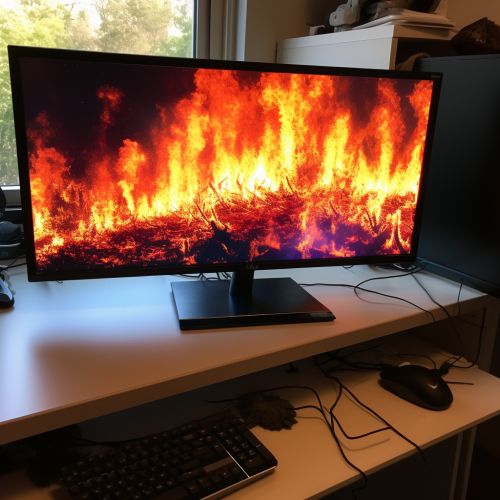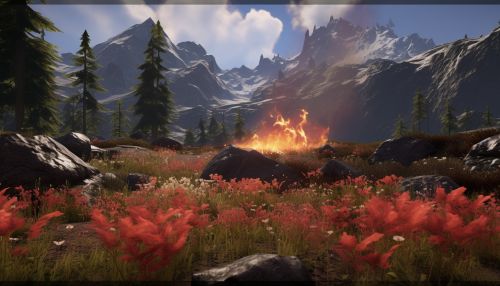BEHAVE Fire Modeling System
Overview
The BEHAVE Fire Modeling System is a system designed to predict the behavior of wildland fires. It was developed by the United States Forest Service and has been widely used by fire managers and researchers worldwide. The system includes a collection of mathematical models that describe fire behavior and the effects of fire. These models are based on extensive scientific research and experimental data.
History
The development of the BEHAVE Fire Modeling System began in the 1970s as a part of the United States Forest Service's research program. The goal was to create a tool that could predict the behavior of wildland fires under various conditions. The first version of the system was released in 1984, and it has been updated and improved several times since then. The latest version, BEHAVE Plus, was released in 2003.
Components
The BEHAVE Fire Modeling System consists of several components, each designed to model a specific aspect of fire behavior. These components include:
- Fire Behavior Prediction (FBP) System: This component predicts the rate of fire spread, fireline intensity, flame length, and other characteristics of a fire. It uses input data such as fuel type, fuel moisture, wind speed, and slope to make these predictions.
- Fire Effects Prediction (FEP) System: This component predicts the effects of a fire on the environment. It can predict soil heating, tree mortality, smoke production, and other effects.
- Ignition and Spread (I&S) Model: This component models the ignition and spread of a fire. It can predict how a fire will start and how it will spread under various conditions.
- Fire Area Simulator (FAS): This component simulates the growth of a fire over time. It can predict the size and shape of a fire at any given time.


Usage
The BEHAVE Fire Modeling System is used by fire managers and researchers to predict the behavior and effects of wildland fires. It is used in planning fire management strategies, in training fire personnel, and in conducting research on fire behavior and effects. The system is also used in legal and policy contexts, such as in determining liability for fire damages or in developing fire management policies.
Limitations
While the BEHAVE Fire Modeling System is a powerful tool for predicting fire behavior, it has some limitations. The accuracy of the predictions depends on the accuracy of the input data. If the input data is inaccurate or incomplete, the predictions may also be inaccurate. The system also assumes that the fire is spreading in a steady state, which may not always be the case. Finally, the system does not account for some factors that can influence fire behavior, such as changes in weather conditions or the presence of structures.
Future Developments
The developers of the BEHAVE Fire Modeling System are continually working to improve the system and to address its limitations. Future developments may include the incorporation of more complex models of fire behavior, the ability to model fires in more diverse environments, and the integration of the system with other fire management tools.
